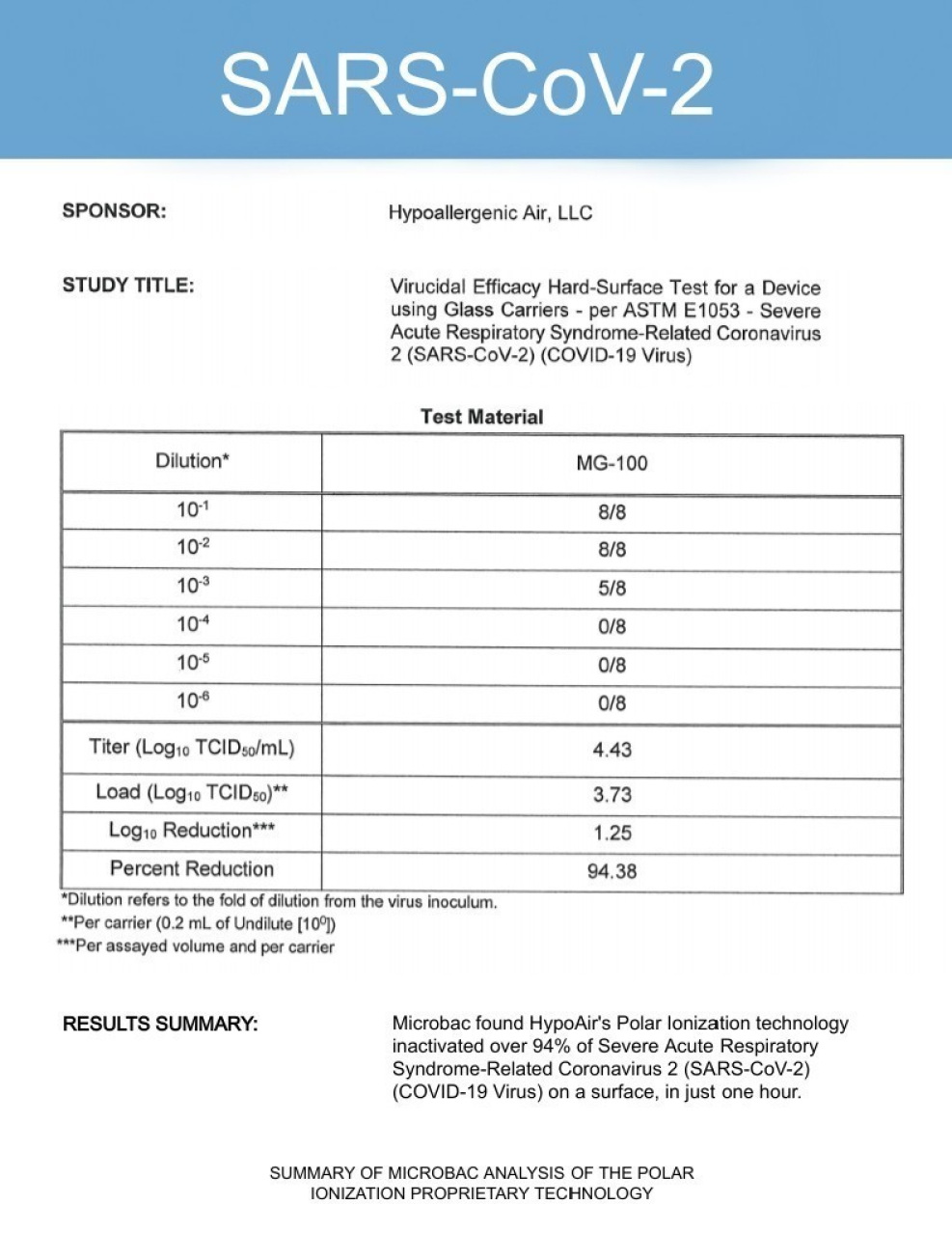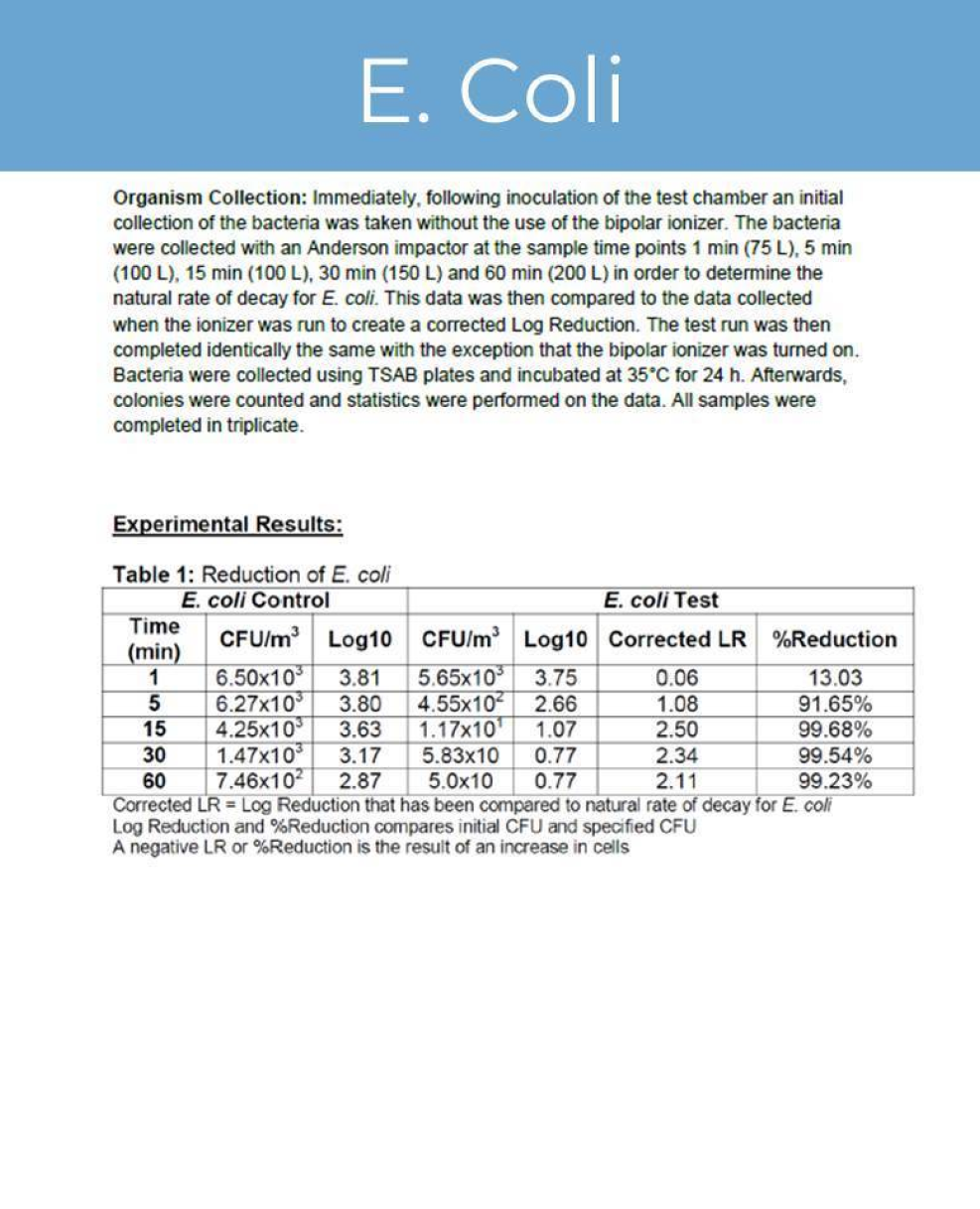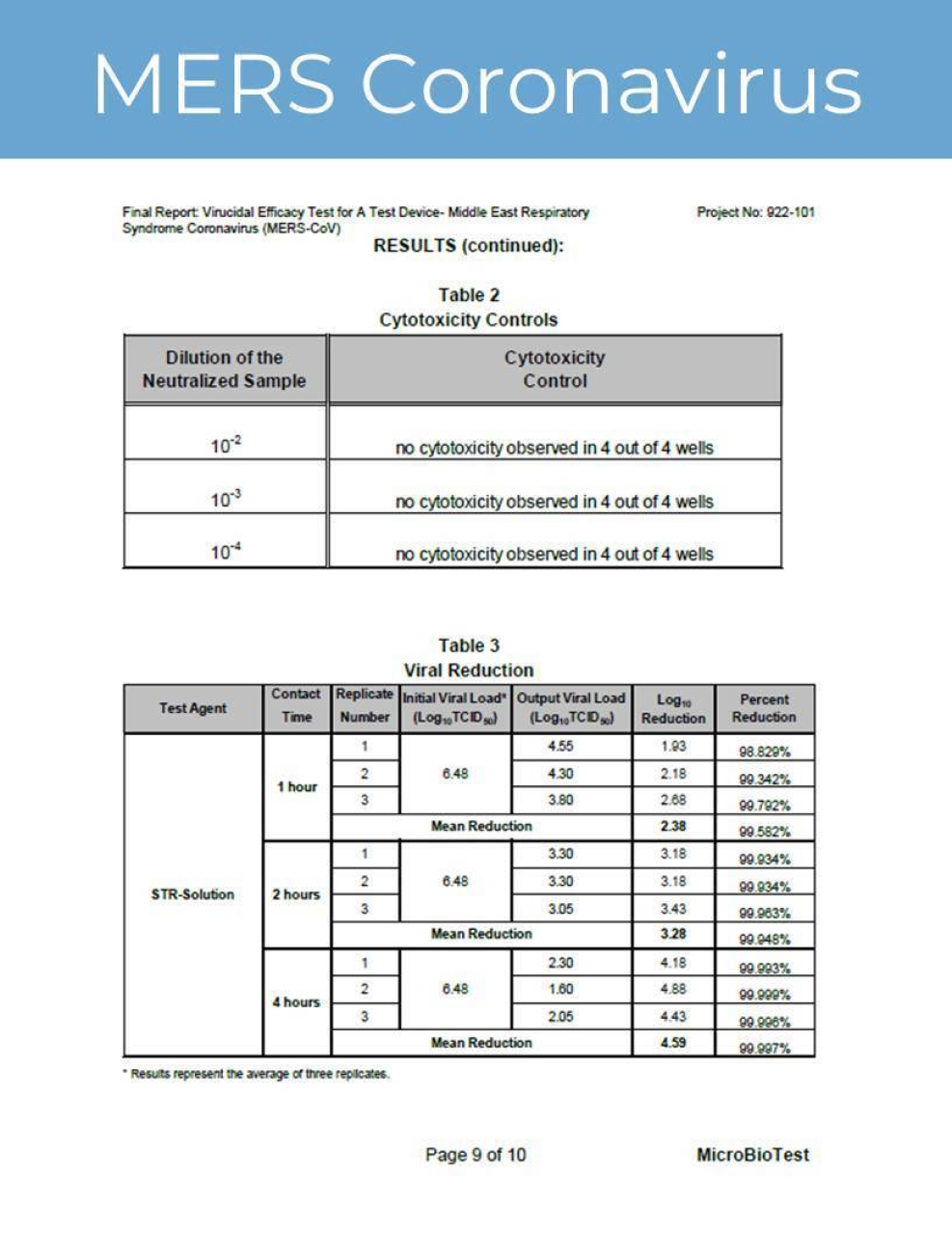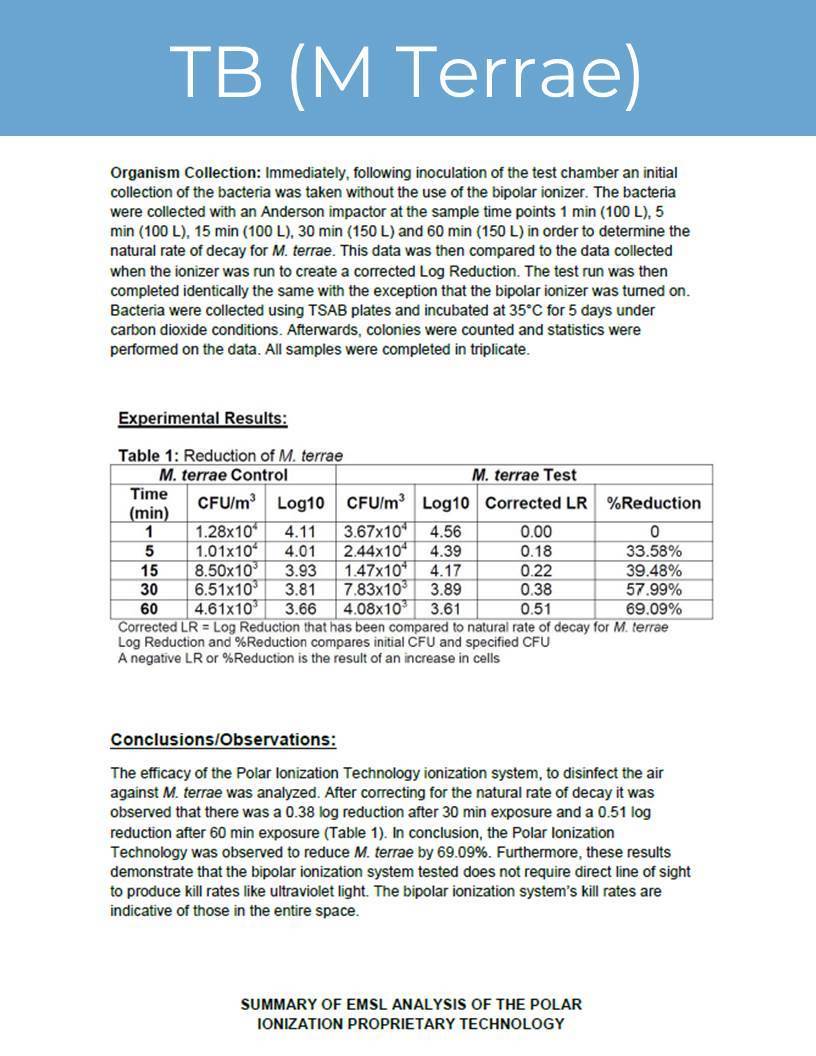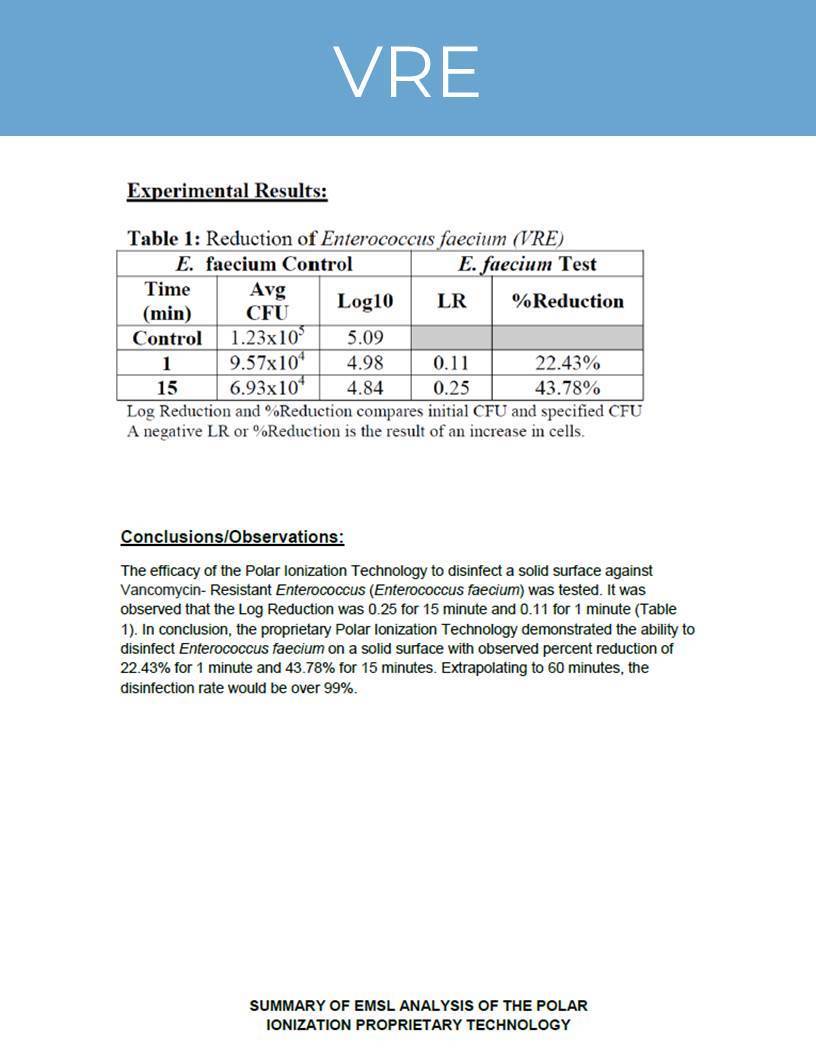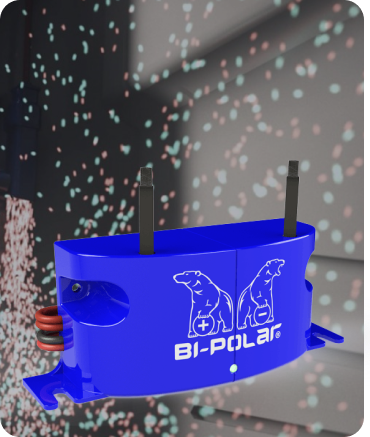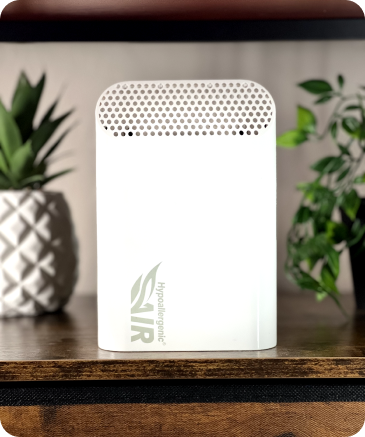Today an estimated 2 billion cubic feet of air is purified using the proprietary technologies we have invested in - every hour. From tens of thousands of homes to the tallest building on earth, we're proud to be able to provide solutions that actually work in the real world. But what makes us different?

Continuous improvement, 15 years of results

We replicate outdoor purification processes indoors using advanced engineering. The technologies we choose to use mimic processes such as natural dual polarity ionization. Effective against allergens, fine particulates (PM2.5), formaldehyde, microbes, air pollution, chemical gases, and more.†

The technologies we use have undergone over a decade of rigorous testing and field studies by 3rd party laboratories, universities, commercial clients, and leading independent researchers.† Commercial clients include world renowned five star resorts, the tallest building in the world, professional sports teams, and hospitals.

Our extremely compact products cover much larger spaces than competing technologies. Low energy, little to no maintenance, and whisper quiet operation set our products apart. USA designed & assembled with the highest quality components (global and/or domestic) and technology available.
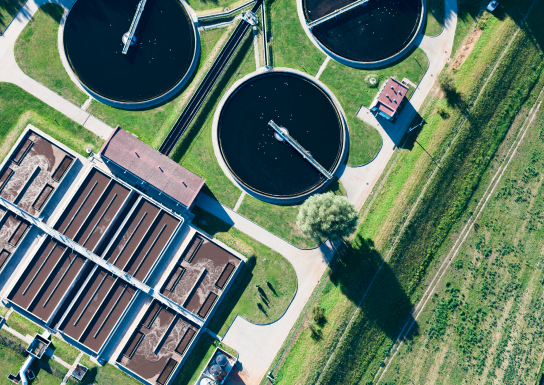
Air Quality is Complex - Some Challenges Require Different Solutions
Sadly there is no "silver bullet" product or technology when it comes to air quality. Each situation is very unique. Not only do we have to consider the types of contaminants (particulates, biological threats, odors, etc.) but the concentrations of those contaminants, the ongoing sources of those contaminants, as well as the unique goals and needs of the occupants. It's our opinion that Polar Ionization provides almost a complete coverage of airborne and surface based contaminants at a high cost efficiency, but other factors like removal speed or high odor content would mean another technology is needed.

Examples of Laboratory Studies
The proprietary technologies we have invested in are backed by 15 years of laboratory, university, and "real world" commercial studies. These tests are available upon request, and cover topics including SARS-CoV-2, MERS-CoV, VOCs, Molds, MRSA, O3, TBC, HCHO, RSP, NH3, H2S, and many more. Below are a few examples. Click on the image to see a larger preview or click the link to download a larger summary of each study.
These example tests do not apply to all products sold on HypoAir.com Each Air Purifier or product uses different technologies for different applications.†
Air Quality is not "one size fits all"
Air quality is complex. No single technology or product is optimal for every situation or contaminant type (despite what some may claim). Our current array of Air Purifier products utilize between 1 and all 6 of the below technologies depending on the application. As such, not all referenced technologies are relevant for all products. Below is a simplified chart of some of the more common air purification technologies, and how we match up.
Polar ions

Germicidal UV

PCO




Washable

HEPA

Carbon


The unchecked rise of mold and bacteria in enclosed spaces produces airborne toxins that overwhelm our natural defenses. Indoor environments lack the natural processes and competing microorganisms found outdoors, allowing water-based molds and bacteria to grow unchecked when moisture accumulates. Species like Aspergillus and Stachybotrys produce potent toxins that aerosolize, creating a concentrated "dose" effect within enclosed spaces that can overwhelm our bodies.
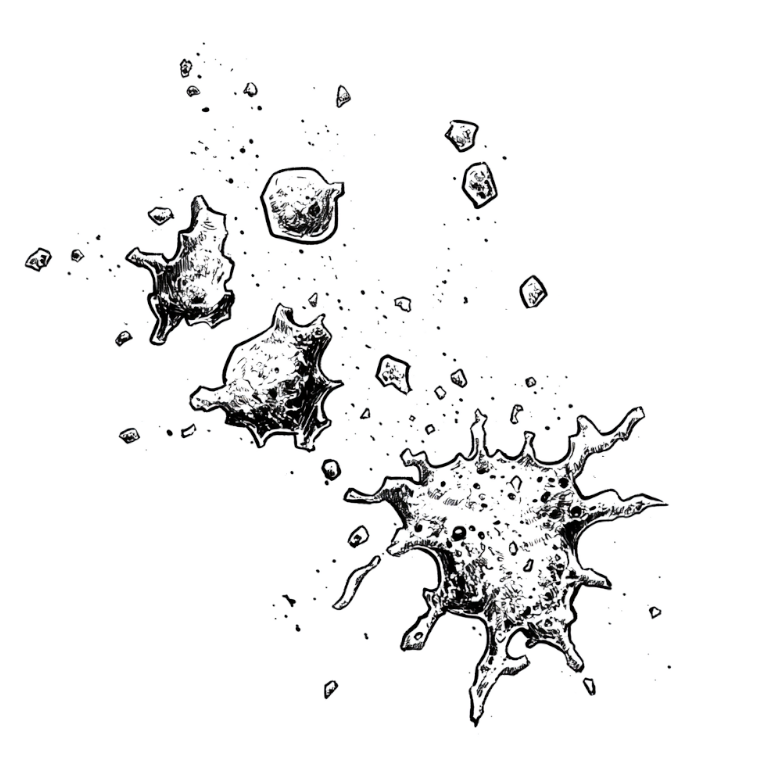
Particulate matter between 2.5 and 0.1 microns can deeply infiltrate the lungs, carrying toxins and bypassing most filters. These Penetrating Particles, generated by things like indoor activities or fragments of mold spores, float in the air for longer periods of time. If they reach our lungs they can deposit toxic hitchhikers such as mycotoxins directly into our bloodstream. Unlike larger particles AND smaller particles, they’re not easily captured by standard filters including HEPA.
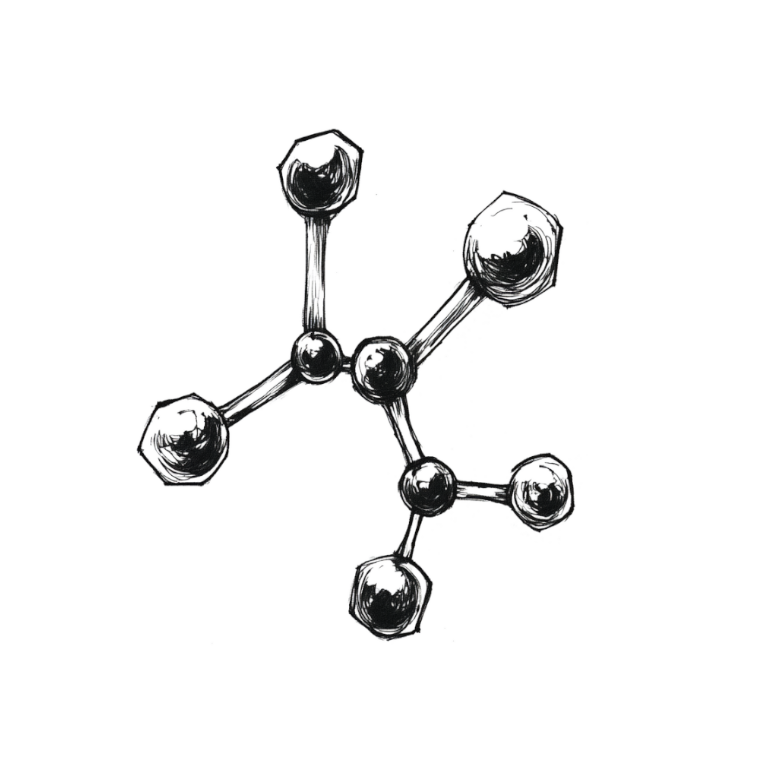
Every coating, cleaner, and cooked meal can release compounds like VOCs. These chemical glasses are often harmless in the open air but can reach potent toxicity when trapped inside our walls. Without natural mechanisms to break down, they can accumulate to concentrations that can disrupt cellular health and trigger systemic reactions. Controlling these gas concentrations indoors through source control or purification is essential for maintaining optimal function and minimizing cumulative toxic load.
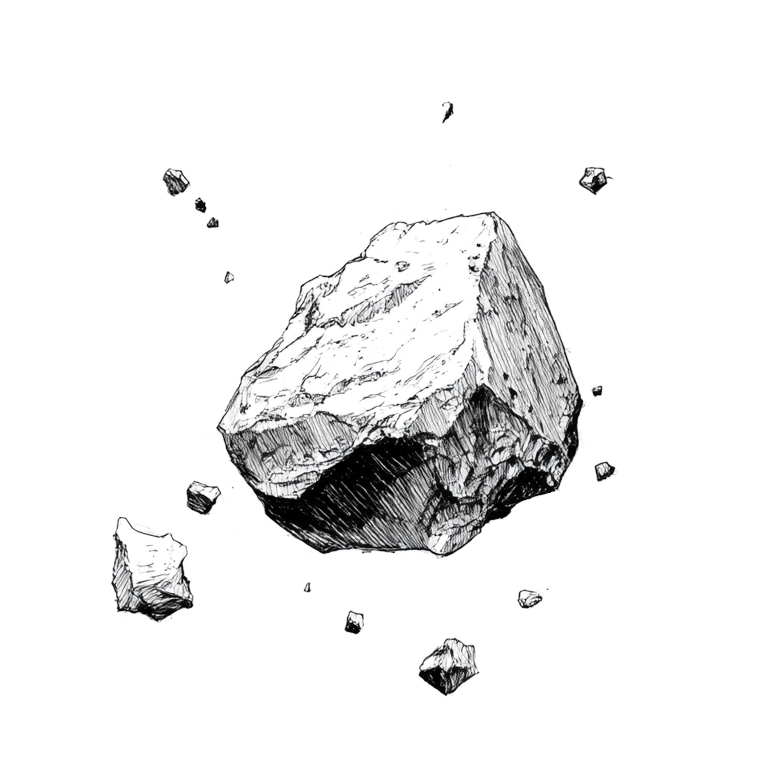
(Greater than 2.5 microns)
Although airborne particles like dust, pollen, and debris, with diameters greater than 2.5 microns, are less likely to penetrate deeply into lung tissue, they are abundant in indoor environments and can still cause respiratory irritation and exacerbate allergy symptoms. While we call them "large" the human eye can only see down to about 40 microns so they are often quite small. However, unlike smaller particles (2.5 microns and smaller), large particulates are generally more easily captured by standard air filtration systems but can accumulate on surfaces, creating additional reservoirs of allergens and irritants in enclosed spaces.
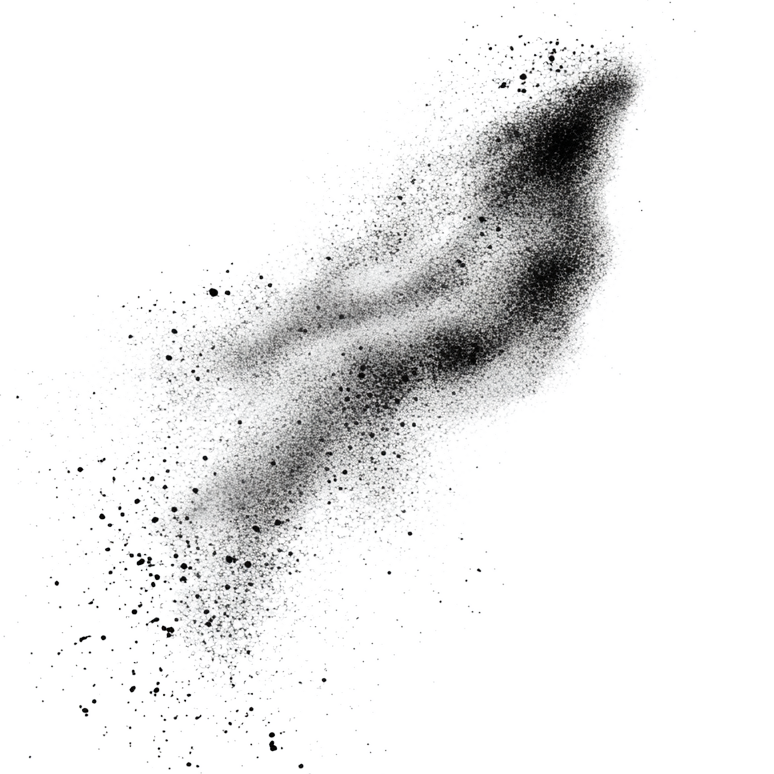
(Less than 0.1 microns)
These sub-micron particulates, smaller than 0.1 microns can remain suspended in the air for long periods of time. While it can be counterintuitive, these ultra-fine tiny particles are actually easier to capture than the "Penetrating Particles" (2.5-0.1 microns)- despite what some air purification websites seem to imply. These ultra-fine particles are more readily captured even by lower-efficiency filters due to Brownian motion—a phenomenon where tiny particles move erratically as they collide with air molecules, enhancing their chances of hitting and adhering to filter surfaces.

Viruses and non-water-based bacteria are airborne pathogens that can spread readily in indoor environments where natural outdoor germicidal processes are absent. While our primary focus is on water-based microbes, as they present a disproportionately greater challenge in most residential settings, these non-water-based pathogens are still significant—particularly in shared living spaces. Unlike water-based microbes, these organisms do not always depend on moisture for survival and can persist for extended periods on surfaces and in the air within enclosed environments. Many factors go into how these diverse microbes spread, how long they survive on various surfaces and environments.
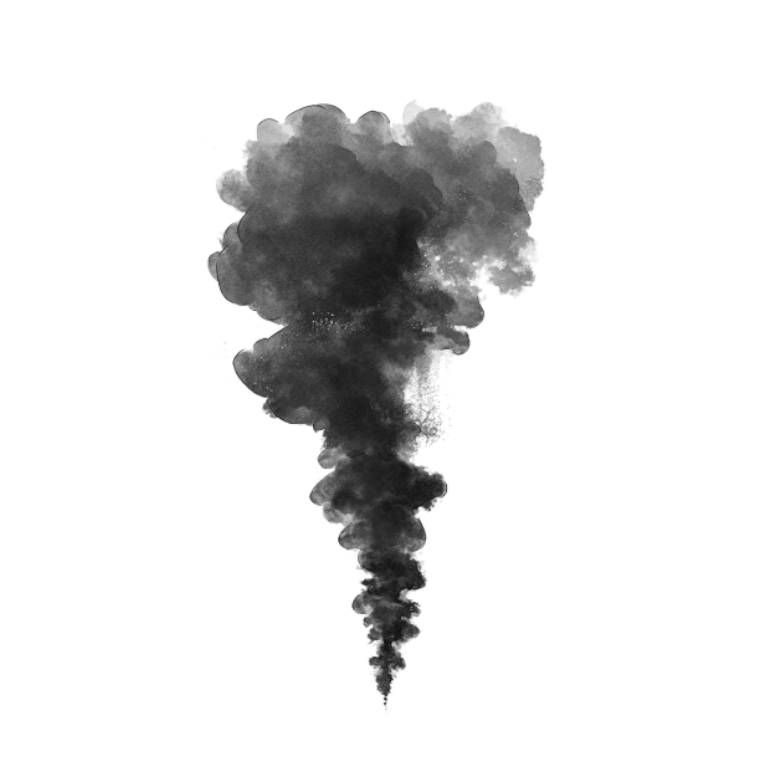
Odors encompass a wide range, but we distinguish generally harmless odors from those that might indicate potential issues, such as musty smells associated with mold or the presence of harmful gases. Unwanted but benign odors can originate from natural sources, like cooking, pets, or body odors, while synthetic fragrances—such as scented cleaning products—are classified within the harmful gas category. Since individual sensitivity to odors varies and our nose often goes blind, relying on scent alone is typically not an accurate measure of air quality. Without proper ventilation or purification, these odors can accumulate indoors, and in some cases, may trigger reactions in individuals who are particularly sensitive.

4 Environmental Factors we consider when recommending tools for healthy air.
Focuses on external environmental factors like regional pollution, topography, neighbors and climate.
Examines building history, type, construction materials, and systems that affect air quality.
Considers current and future indoor activities that affect air quality in a positive or negative way, including various factors such as types of products used (i.e. cleaning products) and moisture management.
Evaluates individual health concerns, preferences, toxic history, allergies, and genetic predispositions of occupants (including pets!).
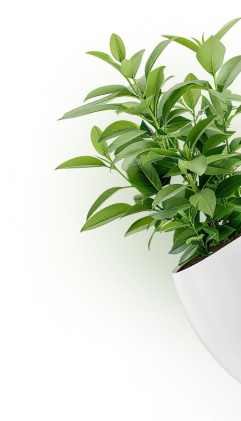
Read More About us - 300+ In depth Articles
- We dive deep into the issues that concern our clients (and us!). Take a moment to browse or search for a topic of your interest. It's all free!


The Relative Size Of Particles

We know there are a lot of claims out there and a LOT of air purifiers that don't work. Many if not most of our customers have been let down by another company that is spending a lot of money on marketing, but not as much on hard science. We're happy to answer your questions related to any specific product or technology. Two of the primary technologies we currently advocate for is a form of PCO called AHPCO® developed by Air Oasis® and Polar Ionization, a natural form of positive and negative ionization that splits water (H2O) into positive Hydrogen and negative Oxygen ions.

PCO Technology's History:
NASA’s answer to the air quality challenges of deep space was a technology that utilizes Photocatalytic Oxidation (PCO). It had to be compact, little to no maintenance, energy efficient, and had to actively eliminate a broad spectrum of contaminants†. We have invested in and helped greatly improved the original NASA PCO with a proprietary nanotechnology. The goal of this specific technology is to maximize efficacy against complex chemicals and other toxins, while minimizing any ozone output.

How they Work
PCO Technologies: UVC light destroys microorganisms as they pass by. Oxidizing Catalytic Molecules (Hydroxyl Radicals) are then formed from water vapor when the UVC rays excite the Catalyst. These Catalytic Molecules are highly reactive (only last about a picosecond) and never leave the catalyst chamber. Catalytic Molecules are attracted to pollutants and break them apart at a molecular level. Contaminants are neutralized as they are destroyed.
Polar Ionization Technologies: HypoAir uses a variation of Carbon Brush style Needlepoint Ionization to split the normal water vapor (H2O) in the air into millions of positive Hydrogen ions and negative Oxygen ions, without the production of ozone. These natural ions are in proper balance and are stable enough that they can last a minute or longer as they travel in the airflows of an HVAC system or room giving them sufficient time to interact with air and surface contaminants in large buildings. Ions are any molecule or atom where the number of electrons does not equal the number of protons. These ions are very effective against a wide range of particulate, biological and chemical contaminants.
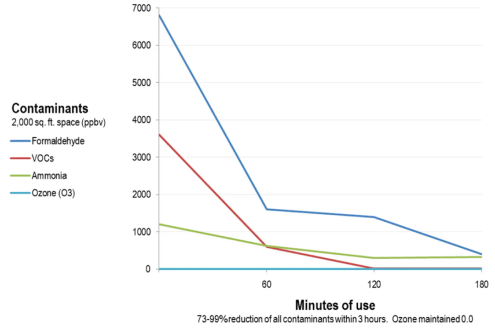
Catalytic molecules and Ozone:
Indoor Air Quality (IAQ) solutions that only use ozone must produce large amounts of ozone to be effective at all. These high ozone levels can become irritating, odorous, dangerous, and degrading on equipment. Hypoallergenic Air units are not ozone generators. As you can see in the chart from a third party testing agency (CMA), the technology in our PCO products (Air Angel and Boomerangs) is able to quickly and effectively reduce large amounts of VOCs without increasing ambient ozone. All products with Polar Ionization alone produce even less ozone (Whole Home & Mold Guard).
Zero parts per billion by volume (ppbv) of Ozone were present in the ambient air before and during use of our technology.




